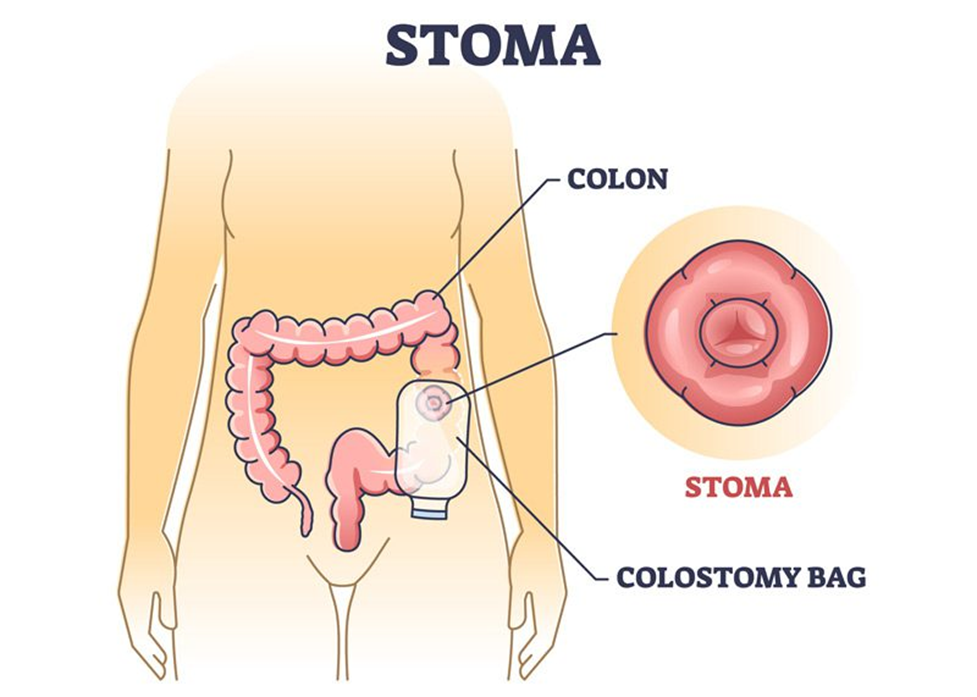A nurse is preparing to turn a client who is obese following a spinal fusion. The nurse should plan to use which of the following techniques to turn this client?
Draw sheet
Log roll
Sliding board
Hoyer lift
The Correct Answer is B
Choice A reason:
Draw sheet: A draw sheet can be used to assist in repositioning a patient, but it is not the most effective method for turning a client who has undergone spinal fusion. The primary concern is to maintain spinal alignment, which is best achieved through the log roll technique.
Choice B reason:
Log roll: The log roll technique is the preferred method for turning patients who have had spinal surgery. This technique involves moving the patient as a single unit, keeping the spine in alignment to prevent any twisting or bending that could disrupt the surgical site. It is especially important for obese patients to ensure that the spine remains stable during movement.
Choice C reason:
Sliding board: A sliding board is typically used to assist with transfers from one surface to another, such as from a bed to a wheelchair. It is not suitable for turning a patient in bed, particularly one who has had spinal surgery.
Choice D reason:
Hoyer lift: A Hoyer lift is a mechanical device used to lift and transfer patients who are unable to move themselves. While it can be useful for transferring patients, it is not designed for turning patients in bed and does not provide the necessary support to maintain spinal alignment during a turn.
Nursing Test Bank
Naxlex Comprehensive Predictor Exams
Related Questions
Correct Answer is B
Explanation
Choice A reason: Induce Sedation
Pancuronium is not used to induce sedation. It is a neuromuscular blocking agent (NMBA) that causes paralysis of skeletal muscles. Sedation is typically achieved using medications such as benzodiazepines or propofol, which act on the central nervous system to produce a calming effect.
Choice B reason: Suppress Respiratory Effort
Pancuronium is used to suppress respiratory effort in patients with ARDS who require mechanical ventilation. By causing muscle paralysis, pancuronium helps to synchronize the patient’s breathing with the ventilator, reducing the risk of ventilator-induced lung injury and improving oxygenation. This is particularly important in severe cases of ARDS where patient-ventilator dyssynchrony can be detrimental.
Choice C reason: Decrease Chest Wall Compliance
Decreasing chest wall compliance is not a purpose of pancuronium. In fact, pancuronium does not directly affect chest wall compliance. Instead, it works by blocking the transmission of nerve impulses to the muscles, leading to muscle relaxation and paralysis.
Choice D reason: Decrease Respiratory Secretions
Pancuronium does not decrease respiratory secretions. Medications such as anticholinergics (e.g., atropine) are used to reduce secretions. Pancuronium’s primary role is to facilitate mechanical ventilation by ensuring complete muscle relaxation.

Correct Answer is C
Explanation
Choice A reason: Dried fruits
Dried fruits are generally high in fiber, which can be problematic for individuals with a colostomy, especially in the initial weeks following surgery. High-fiber foods can increase stool bulk and may cause blockages or discomfort. It is recommended to avoid high-fiber foods until the digestive system has adjusted and the healthcare provider gives the go-ahead to reintroduce them gradually.
Choice B reason: Dried peas
Dried peas, like other legumes, are also high in fiber and can cause gas and bloating. These symptoms can be particularly uncomfortable for individuals with a colostomy. Additionally, legumes can increase the risk of blockages in the stoma. Therefore, it is advisable to avoid dried peas and other high-fiber legumes until the digestive system has fully adjusted.
Choice C reason: Eggs
Eggs are an excellent food choice for individuals with a colostomy. They are high in protein, which is essential for wound healing and overall recovery. Eggs are also easy to digest and do not typically cause gas or bloating. Including eggs in the diet can help ensure that the client receives adequate nutrition without causing digestive discomfort.

Choice D reason: Pasta
Pasta, particularly refined pasta, is generally low in fiber and easy to digest, making it a suitable food choice for individuals with a colostomy. It provides a good source of carbohydrates, which are important for energy. However, it is essential to monitor portion sizes and avoid adding high-fat or high-fiber ingredients that could cause digestive issues.
Whether you are a student looking to ace your exams or a practicing nurse seeking to enhance your expertise , our nursing education contents will empower you with the confidence and competence to make a difference in the lives of patients and become a respected leader in the healthcare field.
Visit Naxlex, invest in your future and unlock endless possibilities with our unparalleled nursing education contents today
Report Wrong Answer on the Current Question
Do you disagree with the answer? If yes, what is your expected answer? Explain.
Kindly be descriptive with the issue you are facing.
